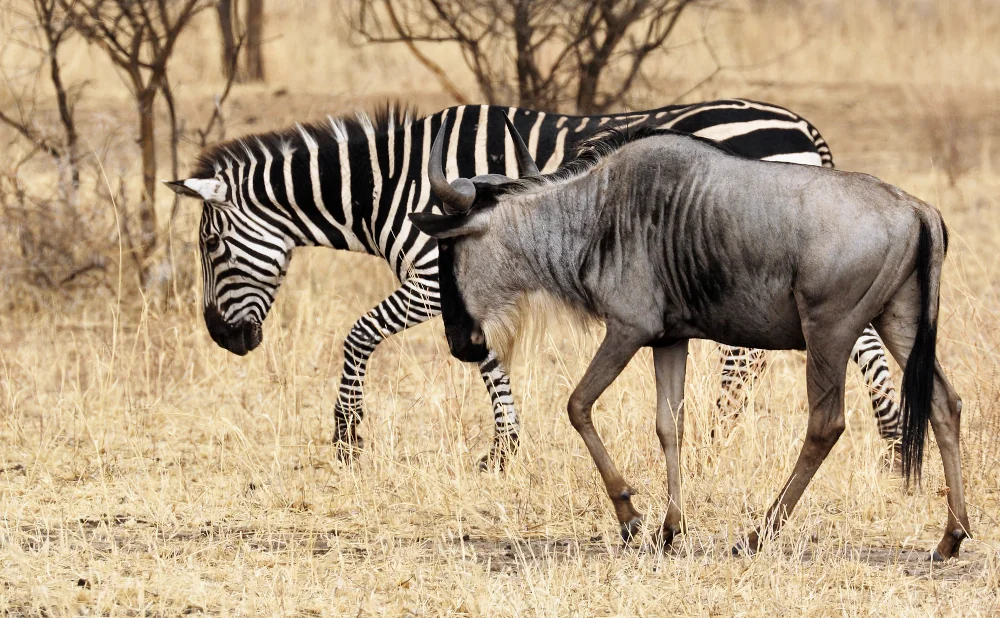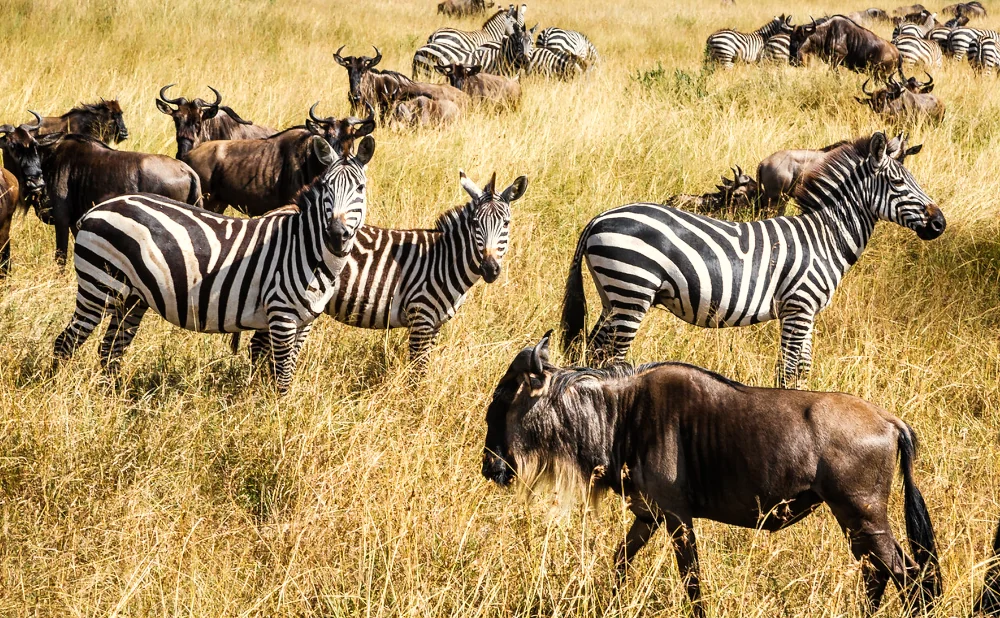humans and giraffes
Giraffes, the tallest mammals on Earth, have long fascinated humans. Their unique anatomy and intriguing behavior make them a subject of interest and study.
This article delves into the captivating world of giraffes. We explore their anatomy, share interesting facts, and discuss the relationship between humans and giraffes.
Join us as we journey into the wild, learning more about these majestic creatures and how we can contribute to their conservation.
The Towering Presence of Giraffes
Giraffes are renowned for their towering height. Males can reach up to 18 feet tall, making them the tallest mammals on Earth.
Their height is not just for show. It serves a crucial purpose in their survival. Giraffes use their long necks to forage on treetops, beyond the reach of other herbivores.
Here are some key facts about giraffes:
- They live in groups called towers.
- Their diet consists mainly of leaves.
- They can run at speeds up to 35 miles per hour over short distances.
These facts highlight the unique lifestyle of giraffes, shaped by their impressive stature.
Giraffe Anatomy: A Marvel of Nature
Giraffe anatomy is a marvel of nature. Their long necks, which can reach up to six feet, contain the same number of vertebrae as humans.
This is just one of the many fascinating aspects of giraffe anatomy. Another is their unique cardiovascular system. It manages blood flow to and from their brains when they lift or lower their heads.
Key features of giraffe anatomy include:
- A long tongue, up to 20 inches, for foraging and avoiding thorns.
- Unique spots, much like human fingerprints.
- A four-chambered stomach for digesting tough cellulose.
These features are testament to the giraffe's adaptation to its environment.
The Unique Spots and Patterns of Giraffes
Each giraffe carries a unique set of spots. These patterns are as individual as human fingerprints.
These spots serve a purpose beyond identification. They provide camouflage, helping giraffes blend into their surroundings and evade predators. This is another example of the giraffe's remarkable adaptation to its environment.
Humans and Giraffes: A Historical Perspective
The relationship between humans and giraffes spans centuries. Ancient rock paintings depict these towering creatures, hinting at their historical significance.
In many cultures, giraffes symbolize grace and peace. Their gentle demeanor and unique appearance have always fascinated humans.
Sadly, giraffe populations have declined by about 40% over the last three decades. This decline is largely due to habitat loss, poaching, and human-wildlife conflict.
Understanding our past interactions with giraffes can guide future conservation efforts. It's crucial to protect these majestic animals for generations to come.
Conservation: The Plight of the Giraffe
Giraffes face numerous threats in the wild. Habitat loss, poaching, and human-wildlife conflict are the major culprits behind their declining numbers.
Conservation efforts are underway to protect these gentle giants. These include habitat protection, anti-poaching patrols, and community-based conservation programs.
Despite these efforts, two giraffe subspecies are classified as endangered on the IUCN Red List. The fight for giraffe conservation is far from over.
How Humans Can Help Giraffes Thrive
Humans can play a significant role in giraffe conservation. Responsible tourism, supporting conservation organizations, and spreading awareness are key actions.
- Practice responsible tourism: Avoid disturbing wildlife and respect their habitats.
- Support conservation organizations: Donate or volunteer to help these organizations in their mission.
- Spread awareness: Educate others about the importance of giraffe conservation.
Conclusion: Our Role in Giraffe Conservation
Our actions can have a profound impact on the survival of giraffes. By understanding their needs and threats, we can contribute to their conservation.
The relationship between humans and giraffes is a testament to our shared world. It's a reminder of our responsibility to protect and preserve all forms of life.
In the end, the survival of these majestic creatures depends on our collective efforts. Let's strive to ensure a future where humans and giraffes coexist harmoniously.











